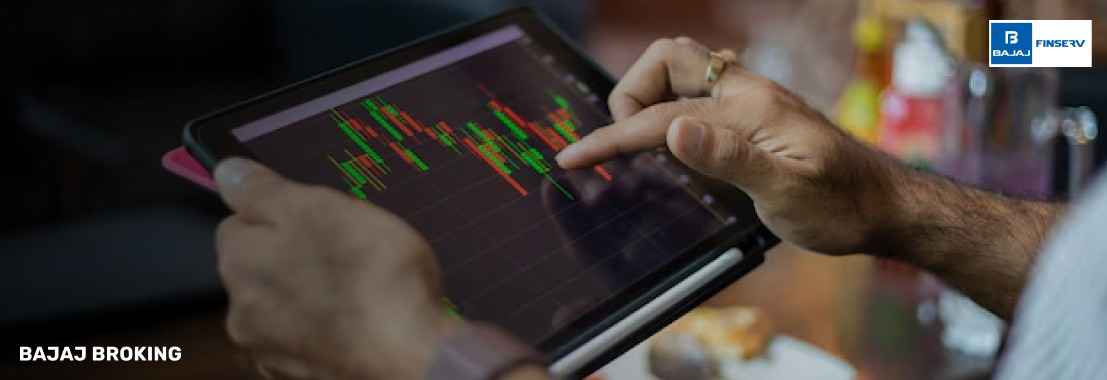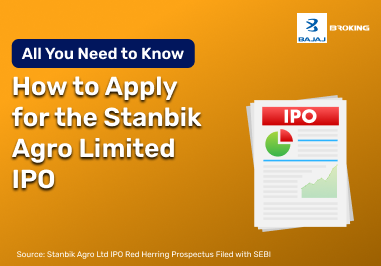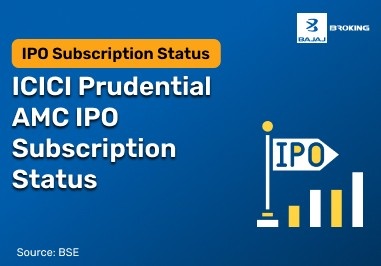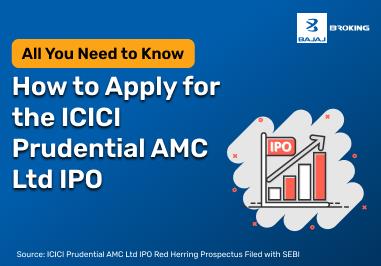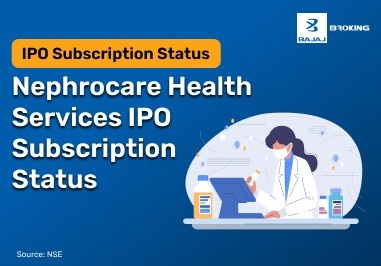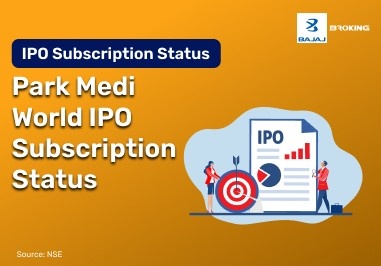The financial market, even after being volatile and unpredictable at times, comes with several opportunities for market participants to mood price movements for their benefit. Market participants rely on different types of trading options. One such option that has gained wide popularity is trading futures options.
Futures and options are like other derivatives since their value comes from the underlying assets like bonds, commodities or, securities, etc. Simply put, an option contract gives the parties a right but not an obligation to buy or sell the asset. There’s a lot more to explore when it comes to trading options on futures contracts. Read on as we explore all the details.
Difference Between Futures and Options
Before we get into details of trading options and what is future option trading, let’s first understand what future contracts are. Future contracts are entered into by parties who agree on buying and selling assets at a future delivery date but at a predetermined price. This is done to secure a stable position against adverse price changes in future.
Trading options on futures contracts creates a right for the parties to buy or sell the underlying asset but not an obligation. This means that the parties are at liberty to decide whether they want to buy/sell or not.
Now remember that although both futures and options deal with trades that are to be executed in future at a predetermined price rate, there are certain differences that you must understand:
A future contract creates a legally binding obligation, just like any other contract and agreement. Under a futures contract, the parties agree to buy and sell securities or assets in future (specific delivery date) but at a predetermined price. Since this creates an obligation, at the time of delivery, the buyer must purchase, and the seller must sell according to the agreements of the contract.
Options contracts are also entered into to buy and sell securities in the future at a predetermined price, but this does not create an obligation on the parties. Option contracts are not binding; therefore, the parties are at liberty to honour or dishonour the contract.
While dealing with trading options on futures contracts, you must keep in mind that there are two types of options:
What are Trading Options on Futures Contracts?
Know that trading options on a future contract are fundamentally an option contract where the future contract becomes an underlying asset. This means that when you are trading on future contracts, your focus shifts from the price movement of specific assets to the price of future contracts. As discussed above, remember that trading on futures contracts comes with two options: Call Options and Put Options.
Call options can be used to buy an asset at a predetermined price rate in the future without being under an obligation. This proves beneficial if the asset price is expected to decline. On the other hand, a put option can be used to sell an asset if the asset price is expected to rise in future.
Remember that trading on futures contracts requires you to have a fair understanding of the market to predict the price changes of futures contracts. Timing the market accurately is crucial to expand profit margins.
Benefits of Trading Futures Options
Trading futures options have become widely popular amongst market participants because of its benefits in terms of market leverage and flexibility to execute the trade to expand profits. Let’s take a detailed look at the benefits of trading futures options:
One of the key benefits of trading futures options is that it allows you to hold a larger position in the market without having to make a big investment.
management
Trading future options has a wider window to make a profit depending on different market conditions.
Trading futures options is a reliable hedging strategy to manage risk by creating a stable position against adverse price changes in future. By hedging against price movements of the underlying futures contracts, investors are assured of a secured position against drastic price changes.
Since trading future options comes with an option to choose whether to honour the contract or not, the risk of facing a severe loss is limited. Additionally, since trading options does not create any obligation, the loss for buyers of options is limited only to the premium paid for the option.
Example of Trading Options on Futures Contracts
Now that you have a fair understanding of what trading options on future contracts are, let's take an example to see how trading options on futures contracts facilitate risk control with a large cap on profit potential.
Comparing outcomes of a future contract with a call option for nifty futures will help you understand the potential better.
Assume a Nifty Index at 18,000 and a futures price at 18,100. The option premium for this is ₹100 and a lot size of 4, amounting to a total of 100 quantities.
Here’s the detail of future contracts:
Future Price: 18,1000
Margin Requirement: ₹90,000
Notional Value: ₹18,00,000
Now with these specifics, if the Nifty comes up to 18,5000, then, the change in future prices will be: 18,500 - 18,1000= 400
Premium on Options Pais- ₹100
Therefore, the total profit you have made is 400* ₹100= ₹40,000.
With the same specifics, if the Nifty goes down to 17,800, then the change in future prices will be as follows: 17,800 - 18,1000= -300.
Premium on Options Paid= 100
Total loss= 300 * ₹100= ₹30,000.
Now let’s take an example of choosing options for futures:
Premium- ₹100
Contract Size- 75
Total Premium- 100*75= ₹7,500 (Margin Requirement).
Now if the Nifty rises to 18,500 then:
Intrinsic Value of Option: 18,500-18,200= 300
Premium: ₹100
Total Value of Option: 300* ₹100= ₹30,000
Profit: Total Value Of Option- Premium Paid= ₹30,000-₹7,500= ₹22,500.
Now, if the Nifty falls to 17,800, then
Intrinsic Value of Call Option: 17,800-18,200= -400 (options will expire worthless)
The final Loss would be ₹7,500
It is evident from the above-discussed example that choosing options for futures allows you to start even with a limited investment that is just a premium you have to pay while gaining the same exposure as future contracts. Additionally, while the profit margin is relatively lower than that of future contracts, the loss is also limited, thus promising a stable position.
Common Futures Options Strategies
Just like any other trading, futures options trading also requires you to build some strategies to make the most out of market conditions. If you are a beginner, you can rely on some of the common strategies for trading future options:
The covered call is considered a smart strategy to reduce the cost of holding an underlying asset in situations when the value of an underlying asset is not moving for a long time. Through this strategy, you can sell higher call options to earn premiums, thus reducing the cost of holding the underlying asset.
Straddle and strangle are common future options strategies. The straddle strategy comes with two options: One is where you create a long straddle position by purchasing a call, and a put option of the same strike price and expiration date, or a short saddle is created by selling a call on a put option. On the other hand, the strangle strategy is used by buying or selling underlying assets with different price rates but the same maturity period.
Protective put is one of the most common strategies that helps you create a stable position even in a volatile market. Let’s take a simple example where you have purchased a stock for the long term, but due to various factors, the value of the stock is predicted to be weak. No,w instead of exiting the stock, you hold on to your cash market position and, at the same time purchase a lower put option. This helps in two ways:
You continue to enjoy benefits through the put option
Even when there is a downside, the risk is limited simply to the premiums paid for a put option.
College strategy is used by combining a protective put strategy and a covered coal strategy. In this strategy, you purchase a stock for the long run then you buy a lower put option and sell a higher call option.
Conclusion
Trading future options is widely common amongst market participants and investors who wish to create a stable position against adverse market situations. It is one of the most commonly used hedging methods that you can rely on. However, remember that trading futures options require a sophisticated approach to understanding the market and finding the right opportunity to leverage market movements. Once you have a fair understanding of timing the market right, trading futures options can present impressive returns.
Do you have a trading account app or demat account app?
You can open an account with Bajaj Broking in minutes.
Download the Bajaj Broking app now from Play Store or App Store.
Disclaimer: Investments in the securities market are subject to market risk, read all related documents carefully before investing.
This content is for educational purposes only. Securities quoted are exemplary and not recommendatory.
For All Disclaimers Click Here: https://www.bajajbroking.in/disclaimer
